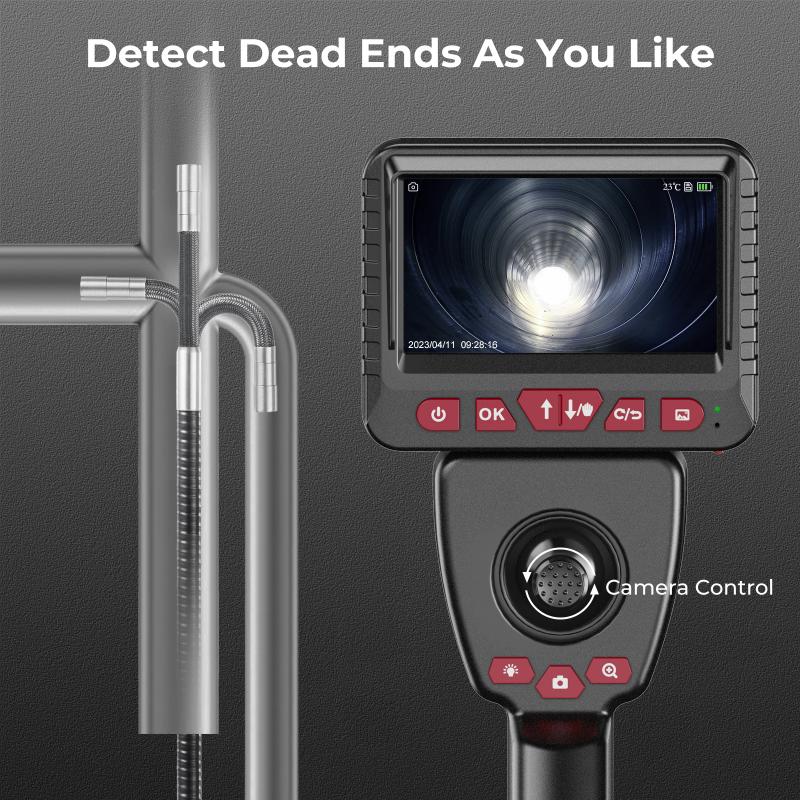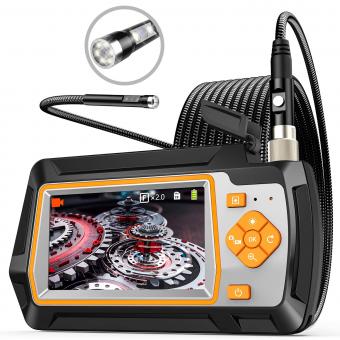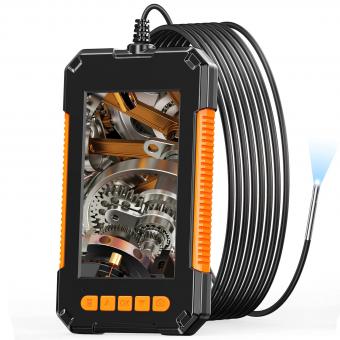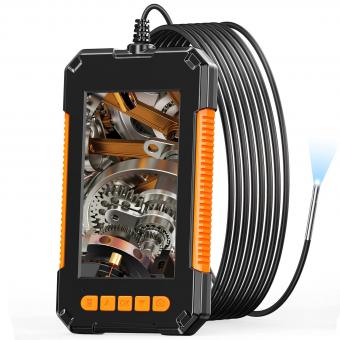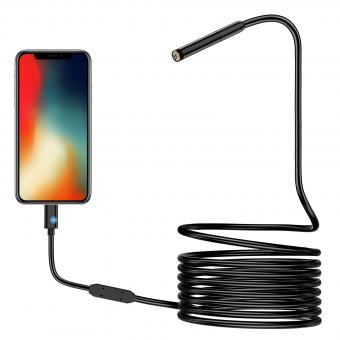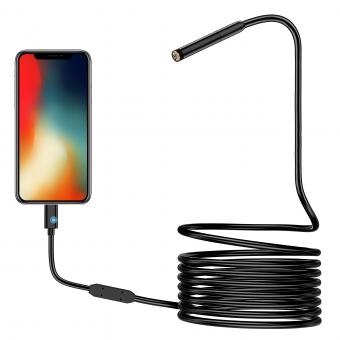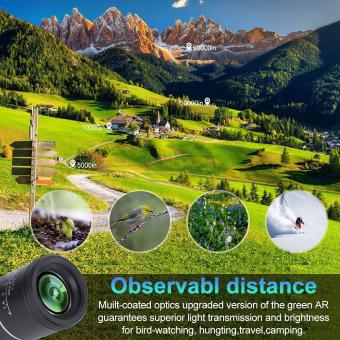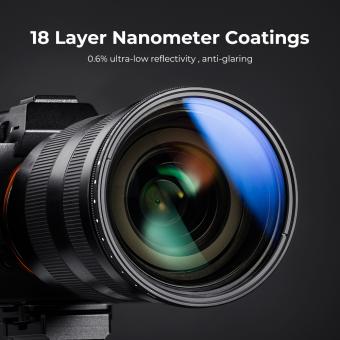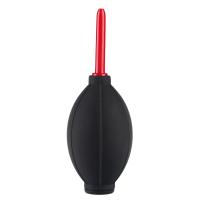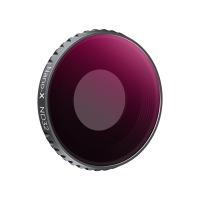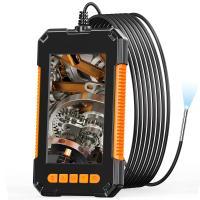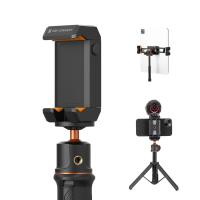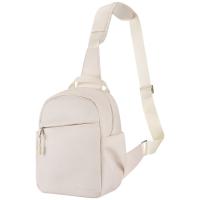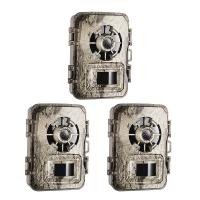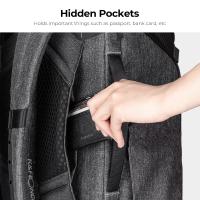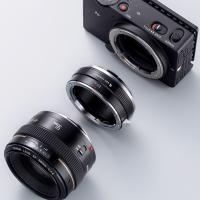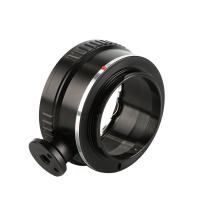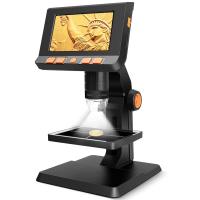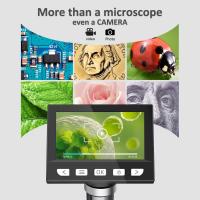How To Hold Endoscope ?
The proper way to hold an endoscope depends on the type of endoscope being used. Generally, endoscopes are held with one hand while the other hand manipulates the controls. The hand holding the endoscope should be positioned near the distal end of the scope to provide stability and control. The other hand should be used to manipulate the controls, such as the focus, zoom, and angulation.
For flexible endoscopes, the operator should hold the scope with a relaxed grip and avoid excessive force or tension. The scope should be guided gently through the body, with the operator using the controls to navigate and visualize the internal structures.
For rigid endoscopes, the operator should hold the scope with a firm grip and use the controls to adjust the direction and angle of the scope. The scope should be inserted slowly and carefully to avoid injury to the patient.
Overall, proper training and experience are essential for safely and effectively using an endoscope.
1、 Grasping Techniques for Endoscope Handling
How to hold endoscope is an important aspect of endoscope handling. Grasping techniques for endoscope handling have evolved over time, with the latest point of view emphasizing the importance of ergonomics and minimizing the risk of injury to the operator.
The basic technique for holding an endoscope involves using the dominant hand to hold the control handle and the non-dominant hand to hold the insertion tube. The control handle should be held with a relaxed grip, using the fingertips rather than the whole hand. The insertion tube should be held with a firm grip, using the whole hand to provide stability and control.
In recent years, there has been a growing awareness of the importance of ergonomics in endoscope handling. This has led to the development of new grasping techniques that aim to reduce the risk of injury to the operator. One such technique is the "neutral wrist" technique, which involves holding the control handle with the wrist in a neutral position, rather than flexed or extended. This helps to reduce the risk of repetitive strain injuries.
Another important aspect of endoscope handling is the use of proper body mechanics. Operators should maintain a comfortable and stable posture, with their feet shoulder-width apart and their knees slightly bent. They should also avoid twisting or bending their back, and instead use their legs and hips to move around the patient.
In conclusion, holding an endoscope requires a combination of proper technique and ergonomics. By following the latest grasping techniques and using proper body mechanics, operators can minimize the risk of injury and ensure optimal performance of the endoscope.

2、 Proper Hand Placement for Endoscope Control
Proper hand placement is crucial for effective control of an endoscope during a medical procedure. The latest point of view emphasizes the importance of ergonomics and minimizing the risk of repetitive strain injuries for medical professionals.
To hold an endoscope, the dominant hand should grip the control handle while the non-dominant hand supports the insertion tube. The control handle should be held with the fingers wrapped around it and the thumb resting on top. The non-dominant hand should be placed near the distal end of the insertion tube to provide stability and control.
It is important to maintain a relaxed grip and avoid excessive force or tension in the hands and arms. This can be achieved through proper positioning of the arms and hands, as well as regular breaks and stretching exercises.
In addition to proper hand placement, medical professionals should also consider the use of ergonomic endoscope designs and accessories. These can help to reduce the risk of repetitive strain injuries and improve overall comfort and control during procedures.
Overall, proper hand placement is essential for effective endoscope control and minimizing the risk of injury for medical professionals. By following best practices for ergonomics and taking regular breaks, medical professionals can ensure safe and effective use of endoscopes in medical procedures.
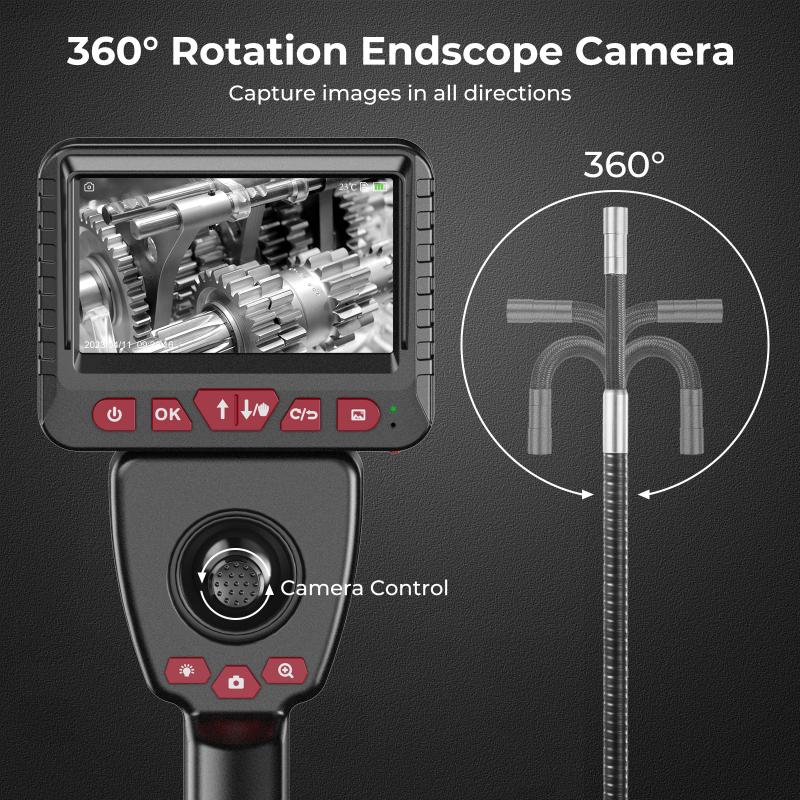
3、 Ergonomic Considerations for Endoscope Holding
How to hold endoscope is an important consideration for endoscopists to ensure patient safety and comfort during procedures. Ergonomic considerations for endoscope holding involve proper positioning of the endoscope and minimizing strain on the endoscopist's hands, wrists, and arms.
To hold the endoscope properly, the endoscopist should use a neutral wrist position and avoid excessive bending or twisting of the wrist. The endoscope should be held with a light grip to reduce muscle tension and fatigue. The endoscopist should also use a comfortable and adjustable chair to maintain proper posture and reduce strain on the back and neck.
Recent studies have highlighted the importance of ergonomic considerations in endoscopy. One study found that endoscopists who received ergonomic training had a lower incidence of musculoskeletal pain and discomfort compared to those who did not receive training. Another study found that using a modified endoscope holder reduced the risk of hand and wrist injuries in endoscopists.
In conclusion, proper endoscope holding techniques are essential for patient safety and endoscopist comfort. Ergonomic considerations such as neutral wrist positioning, light grip, and proper posture can help reduce the risk of musculoskeletal injuries and improve the overall quality of endoscopic procedures.

4、 Endoscope Stabilization Methods
How to hold endoscope is an important aspect of endoscope stabilization methods. The endoscope is a delicate instrument that requires a steady hand and proper technique to ensure accurate and safe examination of the patient. The most common method of holding an endoscope is the tripod grip, where the thumb, index, and middle fingers are used to hold the endoscope shaft. The other two fingers are used to stabilize the hand and prevent any unnecessary movement.
However, recent studies have shown that the tripod grip may not be the most effective method of endoscope stabilization. A study published in the Journal of Gastrointestinal Endoscopy found that the modified grip, where the index and middle fingers are used to hold the endoscope shaft, while the thumb and other two fingers are used to stabilize the hand, resulted in less hand fatigue and improved endoscope stability.
Another method of endoscope stabilization is the use of external stabilization devices, such as the EndoGrab™. This device attaches to the endoscope and provides additional stability by allowing the operator to hold the device with both hands, reducing the risk of hand fatigue and improving accuracy.
In conclusion, how to hold endoscope is an important aspect of endoscope stabilization methods. While the tripod grip is the most common method, recent studies have shown that the modified grip and external stabilization devices may provide better stability and accuracy. It is important for endoscopists to be aware of these methods and choose the one that works best for them and their patients.
